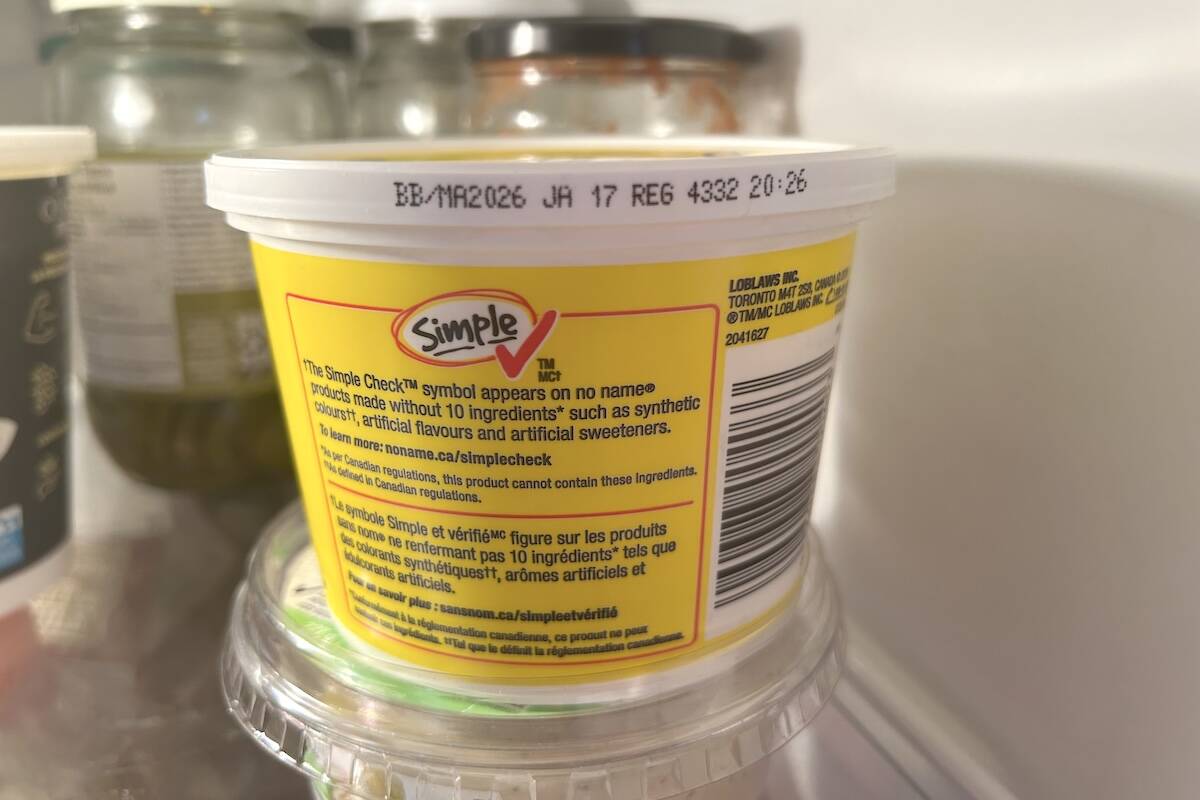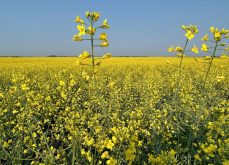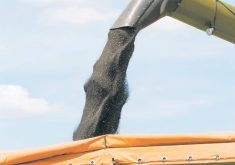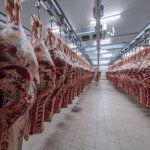Facing a $1.1 million deficit, Alberta Canola members have two options: cut programs or increase farmer-supported service charges, commonly known as levies.
The dilemma was brought up in a recorded message from Rick Taillieu, director of engagement and analytics with Alberta Canola, at the organization’s online grower engagement meeting Dec. 19.
“The challenge is getting back to a balanced budget and there’s only two ways back to a balanced budget and that is increasing revenue or decreasing expenditure,” said Taillieu.
Read Also

Best before doesn’t mean bad after
Best before dates are not expiry dates, and the confusion often leads to plenty of food waste.
“The only way that revenue increases for Alberta Canola is if production increases. The other way would be to look at a service charge increase for the first time since 2003. This is just the beginning of the conversation.”
If the commission increases its levies, it would be the second time in its 34-year history.
The 2003 increase was made when members voted to boost the rate to $1 per tonne from 50 cents per tonne, which is roughly two cents per bushel.
Producer feedback at the live grower engagement meetings held in November and December appeared to favour a service charge increase rather than program cuts, said Alberta Canola board chair Roger Chevraux.
“(Board directors) all made a point of making sure that we sat down with farmers at different tables and asked them what their impression was,” he said at the online meeting.
“And one of the things that most of them said to us was two cents isn’t a lot of money. ‘Why aren’t you just asking for three (cents per bushel) or asking for four? Because we do see the value in all of this.’”
The levy is the primary source of revenue for Alberta Canola and is based on tonnes sold, a number derived by multiplying acreage with yield.
That revenue is used for research, grower engagement and extension, public engagement and promotion, government and industry affairs, administrative and operational costs, and Canola Council of Canada funding.
Alberta Canola’s revenue peaked at nearly $7 million in 2017. after an explosive few years of industry advances, said Taillieu.
“During this time, acres and yield were both increasing, driven by innovations like herbicide-tolerant canola, improved weed control, improved variety performance including hybrid canola and a shift to more and more annual acres.
“Certainly more acres of canola (were produced) during this period,” he said.
However, production and revenue decreased in the following years to an annual average of $5.25 million. Revenue dropped to around $4.5 million due to the 2021 drought but has since rebounded to its $5.25 million norm.
The drop in producer revenue led to program cuts and fewer activities, said Taillieu.
“We’ve reduced our grower and public engagement activities, including reducing our footprint at the Calgary Stampede and reducing the number of regional meetings that we hold from 12 to four this year,” he said.
“All committees have examined projects to ensure return on investment. And then after that, staff has been asked to examine all activities to identify further cost-saving opportunities.”
Outside pressures have also affected the commission’s revenue and expenditure situation, among them inflation and declining government support for agriculture, Taillieu said.
“As everyone is fully aware, there’s been a decrease in government support for agriculture, both less government money spent on agriculture and there’s been less government and infrastructure including people to support farmers,” he said.
“This has resulted in a downloading of programs and people … to the crop commissions, including Alberta Canola, which is now expected to fund more projects and our share of those projects is continually increasing.”
Then there’s the effects of the broader agricultural industry, in which some crops have increased their profitability and reduced canola’s piece of the pie.
“Other commissions have come along, the spending power of other crops has increased and decreased the amount of money available to Alberta Canola as part of the matching funds that are often available,” said Taillieu.
The fallout has seen Alberta Canola run deficit budgets in four of the past five years for a total of $2.8 million in deficit spending.
“We’ve covered that through our cash and cash equivalents or essentially by using up the savings that we had built up between 2004 and 2017,” he said.
This year, research is earmarked for an increase of just under $188,000, for budget total of $1.4 million.
Grower engagement and extension and public engagement and promotion categories were, in Taillieu’s words, “flat,” with reductions of $16,710 and $25,254 respectively.
The commission’s Canola Council of Canada contribution was boosted by $188,000 to reflect a better crop following the 2021 drought.
Alberta Canola has an unrestricted members equity fund of $1.5 million as well as a crop failure contingency reserve and a market development research reserve, each valued at $1 million.
“So there is $3.5 million available to the board to cover a $1.1 million deficit in this fiscal year,” said Taillieu.
Ian Chitwood, vice-chair of Alberta Canola, said the process of increasing service charges would take at least a year. The first step would likely be a resolution at Alberta Canola’s annual general meeting in Grande Prairie Jan. 24-25.
“That would allow Alberta Canola an opportunity to put together a business case detailing the specific amount and justification,” said Chitwood in an email following the online meeting.
“That could then be presented to growers at the fall grower engagement meetings and input could be gathered. From there, it would likely be presented as a vote at the following AGM for approval.”
















